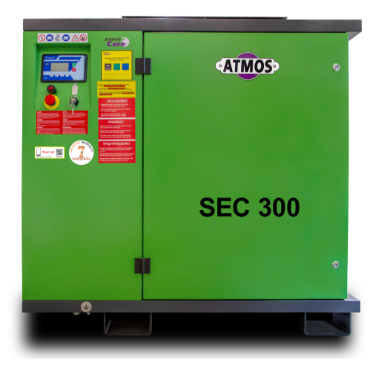How to Reduce Pressure Drop in Your Compressed Air System
Compressed air is one of the most expensive utilities in any facility, and when pressure drops occur, both productivity and efficiency suffer. The problem often develops gradually, making it difficult to detect until your system begins consuming more energy while delivering less power. If left unchecked, pressure drops not only slow down operations but also increase wear and tear on your equipment.
The good news: by taking proactive steps, you can identify the causes and reduce pressure drop before it escalates into costly downtime or repairs.
Why Pressure Drop Matters
When pressure is lost in your system, tools and machines don’t perform at their best. To compensate, operators may increase the system’s pressure setting—causing the compressor to work harder and consume more energy. This creates a vicious cycle of higher costs, reduced equipment lifespan, and inconsistent performance.
Minimizing pressure drop keeps your compressor running efficiently, lowers energy bills, and helps you get the most out of your equipment.
Common Causes of Pressure Drop (and How to Fix Them)
Here are the most important areas to inspect when troubleshooting your compressed air system:
1. Optimize Your System Design
A poorly designed piping network often causes unnecessary losses. If your system covers long distances or relies on too many extensions, it may be time to reconfigure. Placing frequently used tools closer to the compressor and shortening air travel paths can significantly improve efficiency.
2. Inspect Tubing
Tubing must remain airtight for optimal performance. Rust, corrosion, or cracks can create leaks that reduce pressure. During routine checks, replace any damaged tubing immediately.
3. Check Hoses
Hoses wear down over time. Kinks, abrasions, or stressed positions can cause air leaks that gradually worsen. Regular inspections help catch these issues early before they cause major drops.
4. Evaluate System Connections
Loose or mismatched connection points can be hidden culprits of pressure loss. Ensure all couplings, fittings, and joints are properly sized and tightened. Simplifying overly complex connections can also improve performance.
5. Adjust Regulators
Sometimes the issue isn’t the system itself but the regulator settings. Verify that your pressure regulators are properly calibrated. If resetting doesn’t resolve the issue, replacement may be necessary.
6. Match Lubricators to Flow Rate
Lubricators that aren’t suited to your system’s actual flow rate can create restrictions. Make sure they’re properly sized for your compressor’s demand.
The Benefits of Reducing Pressure Drop
Addressing pressure drop delivers clear advantages:
- Improved equipment performance – Tools and machines operate at their intended efficiency.
- Lower energy consumption – Compressors don’t have to overwork, cutting electricity costs.
- Reduced maintenance needs – Less strain on the system means fewer breakdowns and repairs.
- Higher productivity – A reliable air supply keeps operations running smoothly.
- https://aal.ae/ps/ac-compressor-suppliers-in-uae
- https://aal.ae/ps/air-compressor-spare-parts-suppliers-in-uae
- https://aal.ae/compressor-manufacturers-in-uae
- https://aal.ae/ps/air-compressor
- https://aal.ae/ps/air-compressor-spare-parts-suppliers-uae
- https://aal.ae/ps/air-compressor-dealers-in-dubai
- https://aal.ae/air-compressor-for-fibre-optic-cable-blowing
- https://aal.ae/cofb/air-compressor-for-fibre-optic-cable%20blowing.php
- https://aal.ae/automatic-air-compressor
- https://aal.ae/ccw/automatic-air-compressor#about
- https://aal.ae/air-compressor-dealer-in-uae

